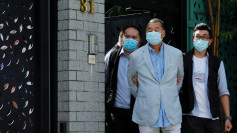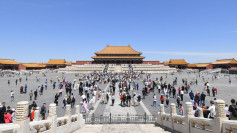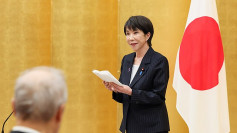The British Royal Family, a beacon of tradition and continuity, is undergoing a significant transformation under the reign of King Charles. Central to this transformation is the introduction of new categories for members of the royal family, a move that has sparked considerable debate and speculation. Notably, Prince Harry, Meghan Markle, and Prince Andrew have been designated under the "Others" category, a decision that has raised eyebrows and elicited varied reactions.
A New Structure for the Monarchy
King Charles' vision for the monarchy involves a more streamlined approach, categorizing royals into distinct groups: Senior Royals, Working Royals, Non-Working Royals, and Others. This restructuring is seen as a departure from the broader royal family model championed by his late mother, Queen Elizabeth II.
The decision to place the Duke and Duchess of Sussex, Prince Harry and Meghan Markle, in the "Others" category has been a focal point of discussion. The couple, who stepped back as working members of the Royal Family in January 2020, have since been involved in various endeavors that have occasionally put them at odds with the monarchy. Their explosive interview with Oprah Winfrey in 2021, where they discussed issues of racism and mental health, and Prince Harry's memoir "Spare," released in early 2023, are notable examples.
Prince Andrew, who has faced his share of controversies, also finds himself in the "Others" category. While the Duke of York has been somewhat distant from royal duties, his inclusion in this category alongside Harry and Meghan has been a point of contention.
Reactions and Implications
The decision to categorize members of the royal family has elicited varied reactions. Lady Colin Campbell, a prominent figure in British society, voiced concerns about the new structure, emphasizing the importance of the royals' behind-the-scenes charity work. She remarked, "About 98 percent of it is never reported upon, and it's a big mistake to think that that doesn't count."
Grant Harrold, King Charles' former butler, observed a shift in recent royal events, with a focus on King Charles, Queen Camilla, and the House of Wales. The Trooping the Colour balcony appearance, which showcased a more selective group compared to the crowded balconies of Queen Elizabeth II's era, is indicative of this change.
The restructuring also raises questions about the future roles and responsibilities of those designated as "Others." Will they be involved in official royal events? What will their relationship with the monarchy look like moving forward? These are questions that remain unanswered.The British Royal Family, while a symbol of tradition and continuity, is not immune to change. King Charles' vision for a streamlined monarchy reflects his perspective on the institution's evolving role in contemporary society. However, the introduction of new categories and the subsequent placement of certain royals in the "Others" group underscores the complexities and challenges inherent in balancing tradition with modernity. As the monarchy navigates this new chapter, the world will be keenly watching the unfolding narrative and its implications for the future of the British Royal Family.






